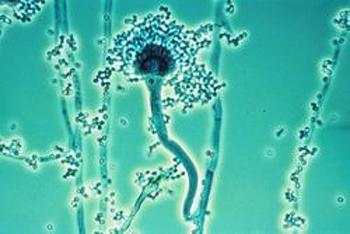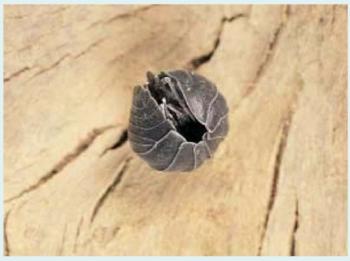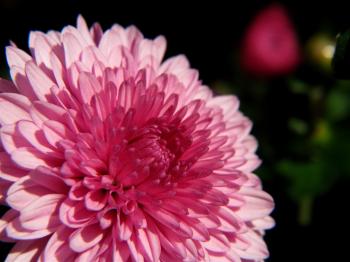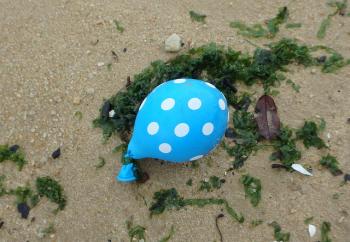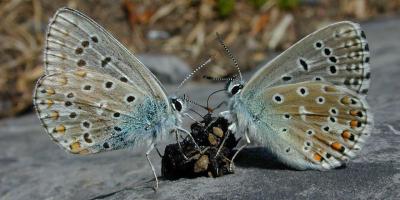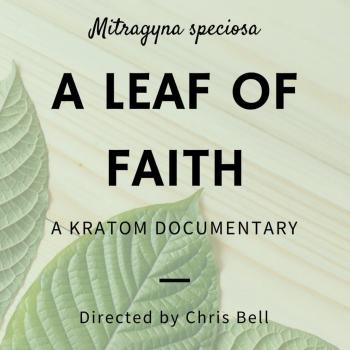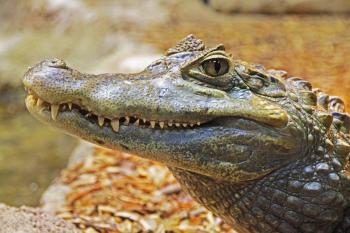Users Who Spiked
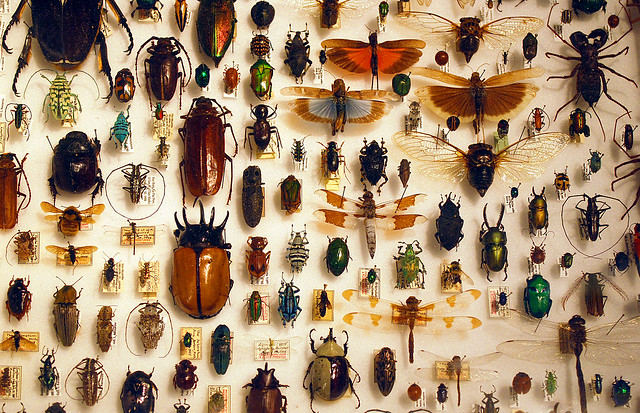
COLLECTING KINDLY
Private Notes
Private Notes
Notes
In a museum somewhere in Georgia, there is, mounted on a tree branch, the stuffed body of a Carolina parakeet. A little white card near the exhibit reports that the last of these birds died in a cage in 1918. It places the blame for this extinction squarely on collectors. While internet sources don't exactly confirm this story, there is concern that collecting animals from the wild for science impacts already threatened species. As for myself, I always wondered why people who are fascinated by life would so often want to destroy it. That's why, when my curiosity led me to take an entomology course, I balked just a little at the prospect of killing 75 different species for the collection I had to turn in. I'm not really into killing things, even the creepy crawly things.
As it turned out, I ended up only euthanizing an ant, a wasp, and a wheel bug. All the rest I was able to gather while keeping my hands and my conscience clean. I recognize that I'm rare; I actually wince when a butterfly hits my windshield. Serious insect collectors, on the other hand, pull scores of beetles, mantids, and butterflies every day. For the most part, the abundance of insects is such that their numbers can quickly recover. But what if, one day, they just happen to collect the last living member of a species?
If you find that your only interest is collecting for an assignment, there are ways to go about it without the hassle of killing a lot of little critters. Below are a few different ways to hunt those specimens.
Photos – In most cases, the purpose of a student collection is to learn about insect habitats, physical characteristics, and behavior. All three can be accomplished by hunting with a camera. You'll still observe insects in their natural habitat, learn where to find them, and take home evidence of your exploration.
Scavenging – A good way to get physical specimens is by scavenging for insects that are already dead. One of the reasons we aren't all knee-deep in dead insects is that they go away fast. They're eaten by other insects, birds, bacteria, and fungi, the decomposers of the world. But, if you know where to look and you get lucky, you can grab them first. Windowsills are great places to find dead flies and beetles, swimming pools are practically death traps for bees and wasps, and lampshades collect dead moths.
Trading – If you're taking an entomology course, your fellow students are probably collecting insects for the same project you are. Since insects often congregate, it's a good idea to collect several of the same species when you can. Then, you can trade your extras with your fellow students to round out that collection.
It's not exactly cheating, just a different way of accomplishing the same task. If none of these appeals to you, but you're still not anxious to go out collecting, propose another research plan to your professor. They'll be more receptive if you come to them with a solution in hand.
Happy Hunting!
Read More:
What Happened to America's Only Endemic Parrot? (Forbes)
https://www.forbes.com/sites/grrlscientist/2018/02/21/what-happened-to-americas-only-parrot/#47dc898c58cf
The mysterious and tragic story of the Carolina parakeet, America's only native parrot (The Washington Post)
https://beta.washingtonpost.com/national/health-science/the-mysterious-and-tragic-story-of-the-carolina-parakeet-americas-only-native-parrot/2018/03/30/4b3c5226-32a2-11e8-8abc-22a366b72f2d_story.html?noredirect=on
Does collecting specimens cause extinction? (Futurity)
https://www.futurity.org/collecting-specimens-rescue-kill/
*photo by Barta IV via Flickr (https://www.flickr.com/photos/98640399@N08/)























